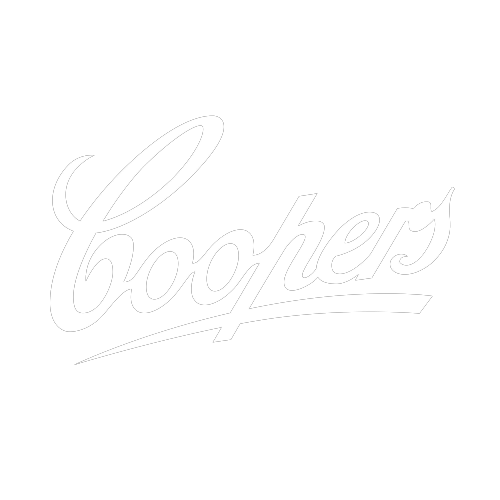Slavs and Tatars
Mirrors for Princes
24 October–20 December 201524 Oct–20 Dec 2015
#IMA_SlavsandTatars
In Mirrors for Princes, Slavs and Tatars look to a medieval genre of advice literature known as ‘mirrors for princes’. These guidebooks for future rulers were a literary tradition shared by Christians and Muslims, with Machiavelli’s The Prince the best-known, if somewhat later, example. The texts present issues that continue to resonate today across the world, providing a case study of the balance between faith and state. In the exhibition, visitors traverse two immersive and contrasting environments: an audio-sculpture installation featuring multilingual excerpts from an 11th-century Turkic ‘mirror for prince’ called Kutadgu Bilig (Wisdom of Royal Glory), and a dark, psychedelic space revealing a series of glowing, fetishistic sculptures that share the text’s concern with grooming. Kutadgu Bilig has been translated into six languages, including the Aboriginal language Yuggera. It represents one of the few known recordings of Yuggera, and was translated by language custodian Uncle Des Sandy.
One passage from Kutagu Bilig that is central to many works in the show reads:
Two organs – the tongue and the heart – distinguish man’s body; and He created both for the sake of speech that is straight and true. If a man’s words are straight, he will reap great profit from them; if they are bent, he will be cursed in this life and burned in the next. So let your tongue bring forth your words if they are straight; but if they are crooked, then keep them hidden.
The importance of grooming the mind and the body as well as the alignment of the heart and the tongue are repeated themes throughout Mirrors for Princes. Slavs and Tatar address governance first and foremost as self-governance, that is, the conception of oneself as a multitude of peoples, nations, conflicting desires, and intentionalities, amongst others. Where the original mirrors for princes were traditionally top-down, with the intended audience the ruler, the artists have decided for a bottom up or inside out approach, by investigating grooming in both figurative and literal senses.
Exhibition Cycle
Slavs and Tatars: Mirrors for Princes is a series of unique installations drawn from their research. The exhibition cycle manifests at five different venues. These include Kunsthalle Zurich (August 30–November 9, 2014); NYUAD Art Gallery (February 28–May 30, 2015); Collective Art Gallery, Edinburgh (25 April-12 July, 2015), Institute of Modern Art (IMA), Brisbane, Australia (October 24–December 20, 2015); Blaffer Art Museum, Houston, Texas (January 16–March 19, 2016).
Slavs and Tatars: Mirrors for Princes is supported by Choices Flooring and MAAP Media Bank.


Curated By
- Aileen Burns and Johan Lundh















